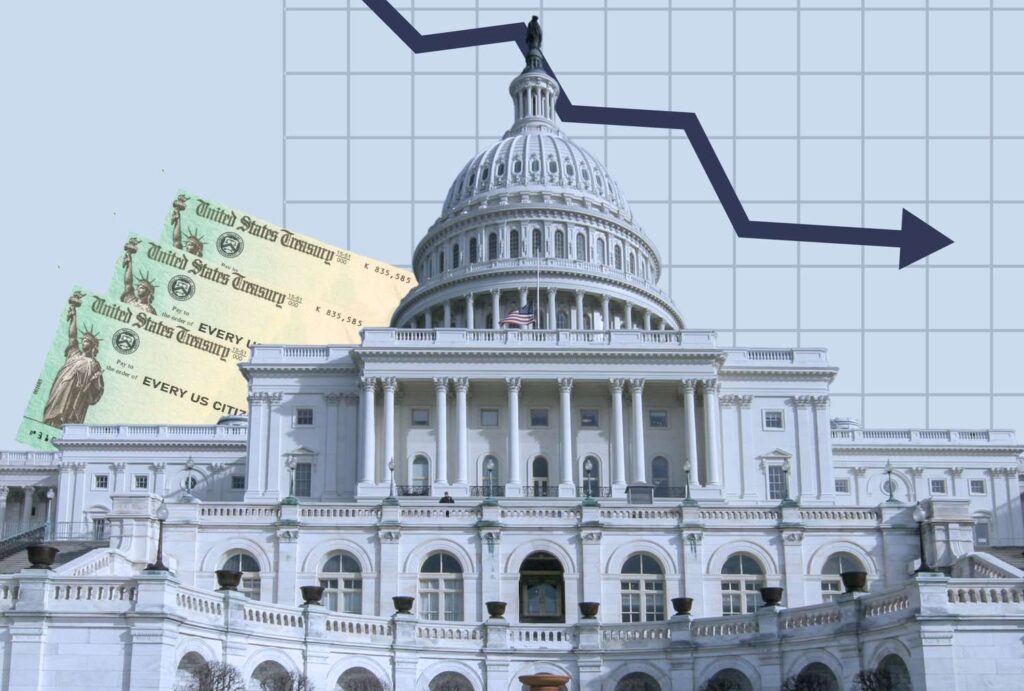KEY TAKEAWAYS
- The Social Security program is expected to run out of funds by 2034, which could result in a reduction of benefits by nearly 20%.
- Placing a cap on the cost-of-living adjustments for those with higher benefit amounts could save the program $115 billion or more over a decade and keep it funded for a longer period.
One idea to resolve the Social Security funding gap would affect the highest earners by capping the annual increase in benefits received.
The Social Security program is expected to deplete its main trust fund in approximately eight years. A new report from the Committee for a Responsible Federal Budget, a nonpartisan and nonprofit research organization, explored the idea of capping the annual cost-of-living adjustments for each beneficiary according to income level. This could help save the program money and ensure it remains funded longer.
Currently, the amount that beneficiaries receive depends on how much they made over 35 years and the age at which they began claiming their benefits. Their benefit amounts increase annually to keep up with inflation, calculated using the Consumer Price Index. For example, the most recent COLA will increase 2026 benefits by 2.8%.
Capping the COLA for those who receive the top 25% of annual benefits would save the program $115 billion over a decade and reduce the solvency gap by about 10%, according to the report.
On the opposite side, Social Security advocates and some lawmakers have argued that the current formula for calculating the COLA does not adequately keep pace with beneficiaries’ expenses, and that benefits are too low. One recent proposal introduced in the Senate would provide Social Security beneficiaries with an additional $200 per month from January to the end of June next year.
Why This Matters
The main trust fund the Social Security Administration uses to pay beneficiaries is expected to run out by 2034. The government needs to resolve this issue before the reserves run out, or benefits for 68 million beneficiaries will be cut by almost 20%, which the majority of beneficiaries say they won’t be able to survive financially.
How Would This Work?
The idea from the Committee for a Responsible Federal Budget would set a cap on the COLA received by beneficiaries every year. The cap would be equal to the COLA received by someone who waited to claim until their Full Retirement Age and receives the 75th percentile amount of benefits.
The organizations created a model with a COLA cap of $900. For example, a beneficiary’s COLA may be $1,000 according to their benefits level. However, the cap would only allow their benefits to increase by $900 the following year.
The proposed COLA cap would also change according to the age at which the beneficiary started receiving benefits. For example, if someone claimed their Social Security benefits at age 62 in 2026, their cap would be reduced by 30%.
If they waited until their Full Retirement Age, their cap would not decrease or increase according to their age. Additionally, the cap would increase for those who wait to claim benefits until after their FRA.
This proposal is just one option lawmakers have as they look to bridge Social Security’s funding gap.
Experts and politicians have suggested raising the earnings cap, increasing payroll taxes, implementing a mechanism that automatically adjusts revenues or benefits when a shortfall occurs, or investing money to grow the program’s income.

